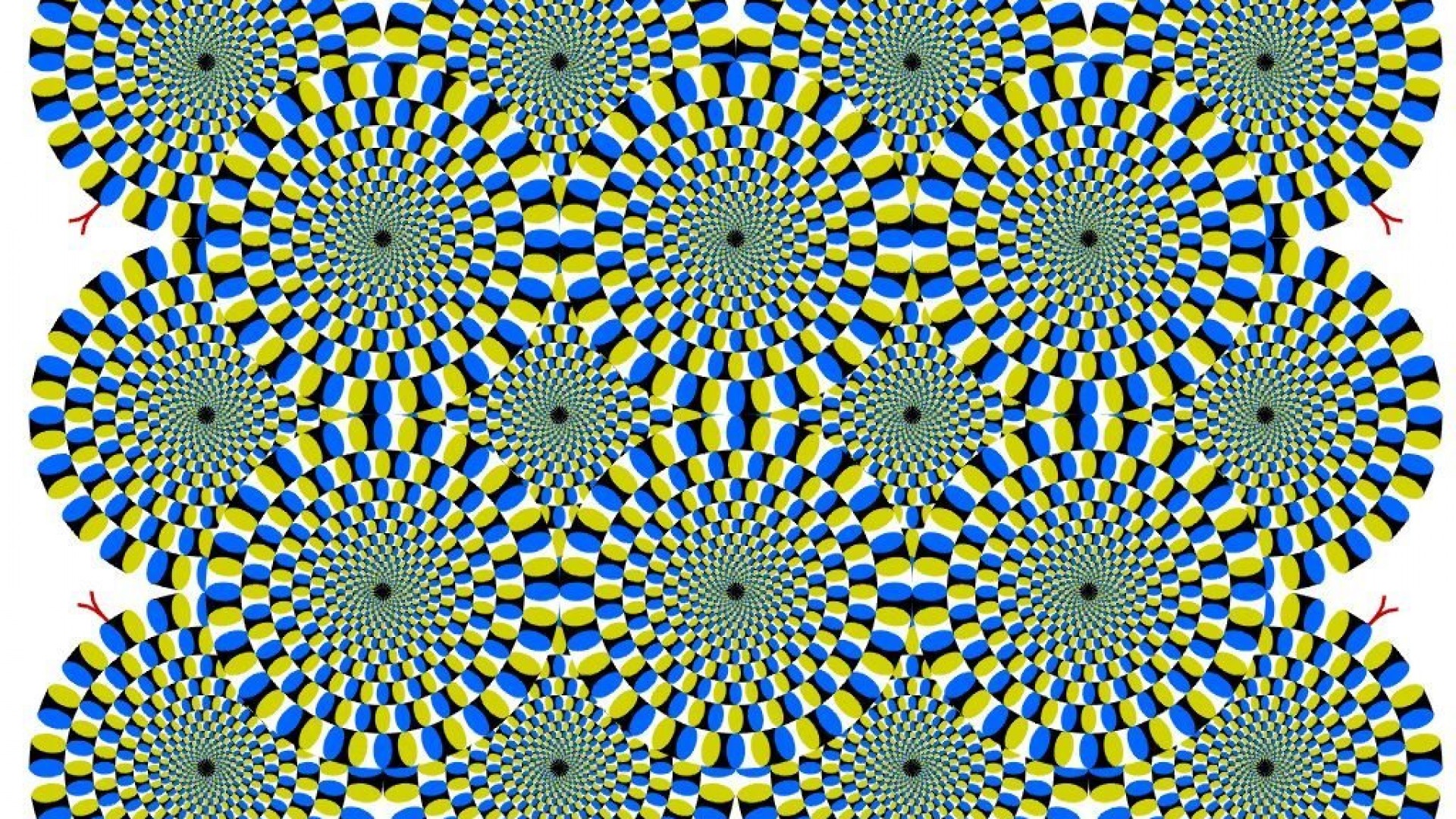

A few individuals were able to spot the hidden shapes after only 10-15 seconds, while other persons took much longer and/or required explicit hints to finally see the circles. Norcia tested this illusion on a group of 100 people, the average time taken to see the circles was 45 seconds.
#Circles in rectangle illusion series
Norcia claims that the illusion works because segmentation cues are pitted against the observer’s strong conviction to interpret the image as a series of rectangular coffers with closed boundaries. Videos on YouTube, problem from the 2017 GCSE exam. Thus the area of the rectangle is: (4 r) r (2 + 3) 4 r2 (2 + 3) Sources. The circles get bigger, little by little, from left to right. We then add 2 radius lengths to get the entire side length, which is then r (2 + 3). In this example, all the rectangles are the same size. It is referred to as the Coffer Illusion due to its close resemblance to the 3-dimensional coffers usually found on wooden doors (a coffer is a decorative sunken panel). If we connect the centers of the 3 circles, we get an equilateral triangle with a side length of 2 r.

This fascinating image was created by Anthony Norcia of The Infant Vision Laboratory at Smith-Kettlewell. This is the “Coffer Illusion, explained like this: Do you see them? If you don’t, and for an explanation, go to the next page by clicking “read more” How many circles do you see? Do you see any? Time yourself from the start to see how long it takes you to find the circles. 'They can be grouped into rectangles OR circles.

Okay, look at the photo of the door below. 'The Coffer Illusion works because our brain groups the grey, black and white lines in different ways,' Johnson went on to explain in his post.


 0 kommentar(er)
0 kommentar(er)
